I have long wanted to expand the range of materials available in and about Pinyin. Possibilities for projects include:
- Hanyu Pinyin subtitles for movies and videos
- Hanyu Pinyin versions of Mandarin plays (for example, Cháguǎn, by Lǎo Shě)
- translations into Mandarin (Hanzi and/or Pinyin) of parts of this site
I can do a lot of the work — in fact, as is my habit, I’ve begun all sorts of such projects but haven’t finished them — but can’t do all of it myself. So I’ve been mulling the idea of setting up a Pinyin-related wiki here on Pinyin.info or perhaps on a spinoff site I set up, which would allow you, o reader, to get involved (a little or a lot, depending on your desire and amount of free time).
I’m thinking that texts could be worked on with the aid of Wenlin, since even contributors without the full version of that enormously useful program could use its free demo to select disambiguation choices in cases of word-parsing ambiguities or characters with multiple pronunciations.
For example, if one were using Wenlin to convert the following into Pinyin,
我在朦胧中,眼前展开一片海边碧绿的沙地来,上面深蓝的天空中挂着一轮金黄的圆月。我想:希望本是无所谓有,无所谓无的。这正如地上的路;其实地上本没有路,走的人多了,也便成了路。
one would first need to choose between potentially ambiguous word boundaries
|我 | 在 | 朦胧 | 中,眼前 | 展开 | 一 | 片 | 海边 | 【◎Fix:◎碧绿 | 的;◎碧 | 绿的】 | 沙地 | 来,上面 | 深蓝 | 的 | 【◎Fix:◎天空 | 中;◎天 | 空中】 | 挂着 | 一 | 轮 | 金黄 | 的 | 圆月。我 | 想:希望 | 本 | 是 | 无所谓 | 有,无所谓 | 无 | 的。这 | 正如 | 【◎Fix:◎地上 | 的;◎地 | 上的】 | 路;其实 | 地上 | 本 | 没有 | 路,走 | 的 | 人 | 多 | 了,也 | 便 | 成了 | 路。
and then take care of items with multiple pronunciations
Wǒ zài ménglóng 【◎Fix:◎zhōng;◎zhòng】, yǎnqián zhǎnkāi yī 【◎Fix:◎piàn;◎piān】 hǎibiān bìlǜ de shādì lái, shàngmian shēnlán de tiānkōng 【◎Fix:◎zhōng;◎zhòng】 guàzhe yī lún jīnhuáng de yuányuè. Wǒ xiǎng: xīwàng běn shì wúsuǒwèi yǒu, wúsuǒwèi 【◎Fix:◎wú;◎mó】 de. Zhè zhèngrú 【◎Fix:◎dìshang;◎dìshàng】 de lù; qíshí 【◎Fix:◎dìshang;◎dìshàng】 běn méiyǒu lù, zǒu de rén duō 【◎Fix:◎le;◎liǎo;◎liāo;◎liào;◎liáo】, yě 【◎Fix:◎biàn;◎pián】 chéngle lù.
I’d prefer to keep things generally on the right side of copyright laws but am also hopeful that those may not be too onerous in the case of Pinyin versions and that Taiwan’s laws may put the situation more in our favor than might be the case elsewhere. Information about the legal situation would be greatly appreciated.
So, is anyone interested in helping out? Have advice? Success/horror stories about wiki projects? Suggestions for additional material?

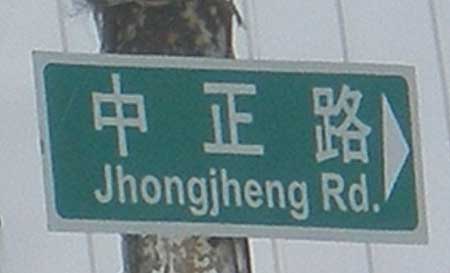
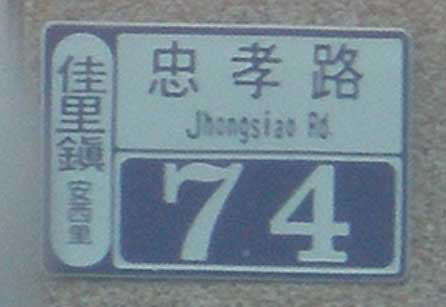
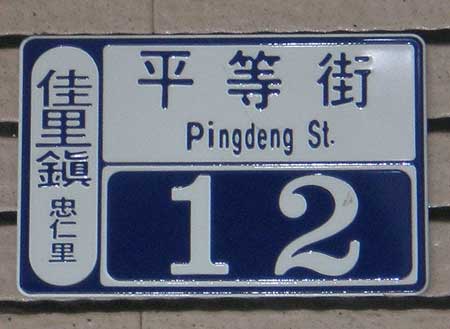
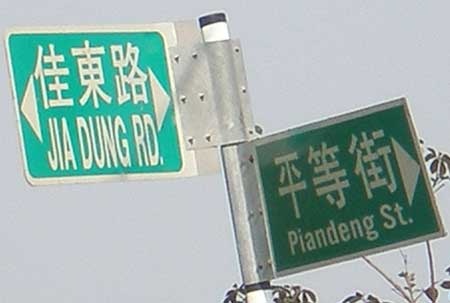
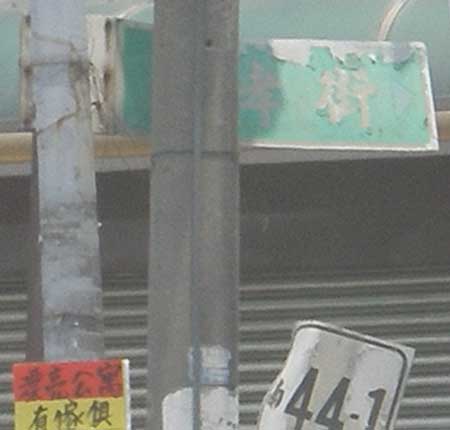
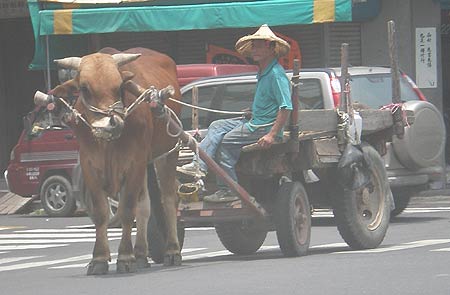
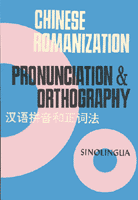 Today’s selection from Yin Binyong’s Chinese Romanization: Pronunciation and Orthography is
Today’s selection from Yin Binyong’s Chinese Romanization: Pronunciation and Orthography is ![Yes, I know that's not a word-for-word translation, but it's what they use in the official version (I think). image from 'Crouching Tiger, Hidden Dragon' with the lines Pei? Hànrén méiyǒu zhèzhǒng míngzi de. [Pei? I didn't think the Hans had names like that.]](https://pinyin.info/news/news_photos/2009/04/crouching_tiger_pei.jpg)